In the News
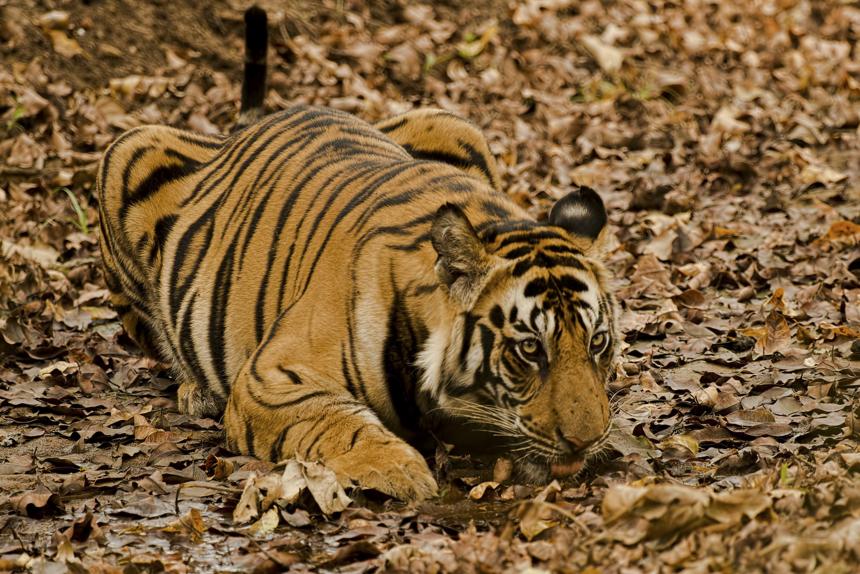
For Your Information
April 21, 2023
The contraction of the global tiger population over the last 100 years into small, often isolated subpopulations has made them increasingly vulnerable to the impact of disease. Despite this, the health of wild tigers continues to be insufficiently funded and explored.

For Your Information
March 14, 2023
Canine distemper virus is a global multi-host pathogen that can be fatal in a range of species. This latest study shows that the presence of free-roaming dogs around protected areas in Nepal could represent a source of infectious disease for transmission to local wildlife, including endangered tigers.
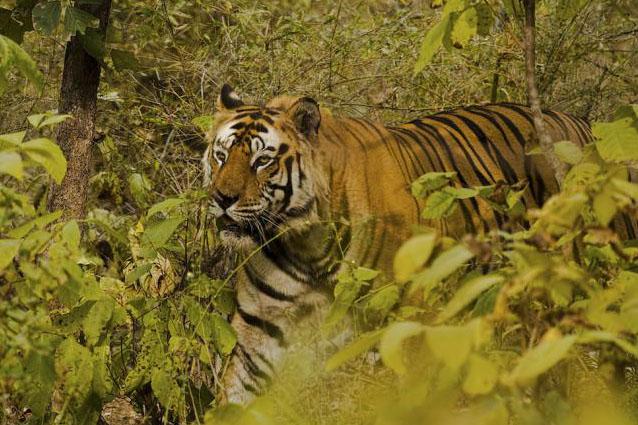
February 21, 2023
Cornell researchers have confirmed the first cases of canine distemper virus in tigers and leopards in Nepal. This is significant, as both populations are already threatened and the virus can cause fatal neurological disease.
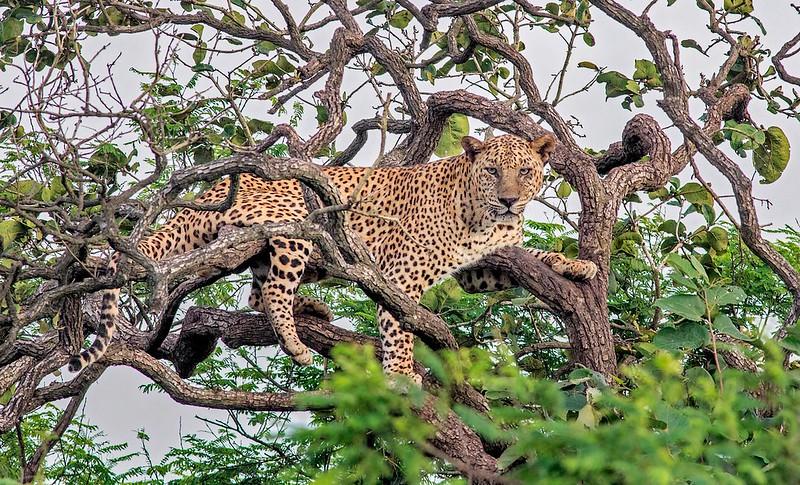
February 17, 2023
A new study led by Cornell and partners shows for the first time that leopards in Nepal are exposed to canine distemper virus, which could be contributing to increased human-leopard conflict.
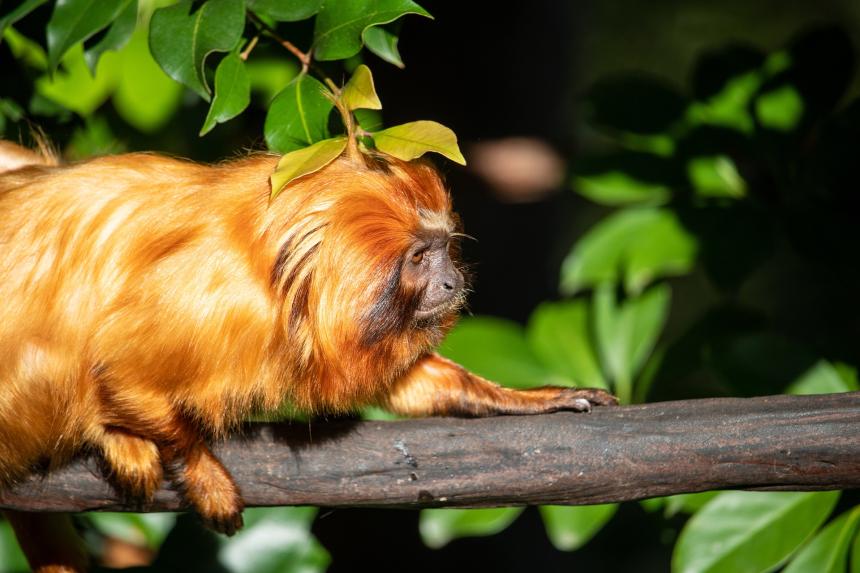
February 06, 2023
The Cornell Wildlife Health Center's Dr. Martin Gilbert says infectious diseases present a growing conservation threat to wild species as populations become more fragmented.

Video
November 04, 2022
Cornell Wildlife Health Center director Dr. Steve Osofsky takes you on a brief tour of our One Health work around the world.
Video
July 05, 2022
At the end of a busy season researching how canine distemper virus affects Nepal’s tigers and leopards, Cornell Wildlife Health Center’s wild carnivore health specialist Dr. Martin Gilbert took a break to recharge his batteries with the wildlife of Bardia National Park.
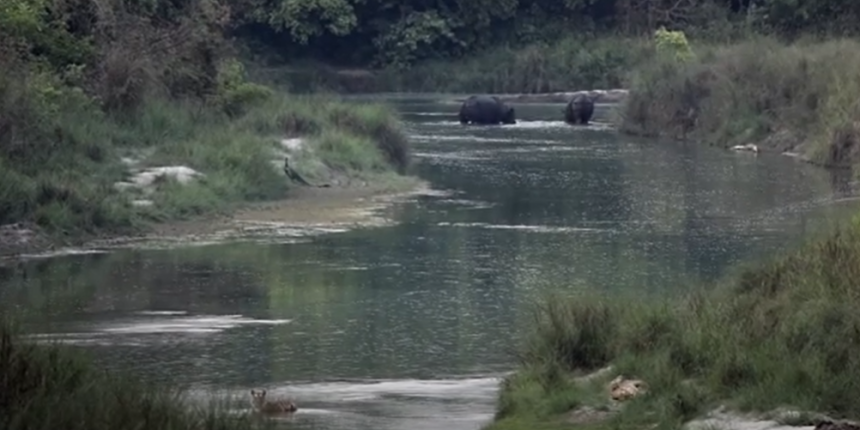
Video
June 10, 2022
At the end of a busy season researching how canine distemper virus affects Nepal’s tigers and leopards, our Wild Carnivore Health Specialist Dr. Martin Gilbert takes a break to recharge his batteries with the wildlife of Bardia National Park.
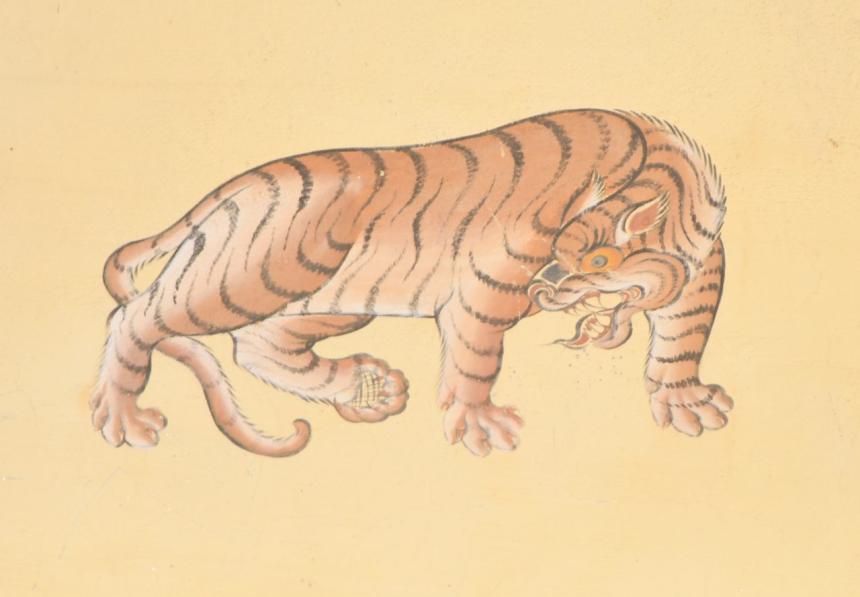
March 03, 2022
The Cornell Wildlife Health Center's Dr. Martin Gilbert collaborated with an international team of scientists to uncover the cause of a mysterious illness in an endangered wild tiger in Bhutan.
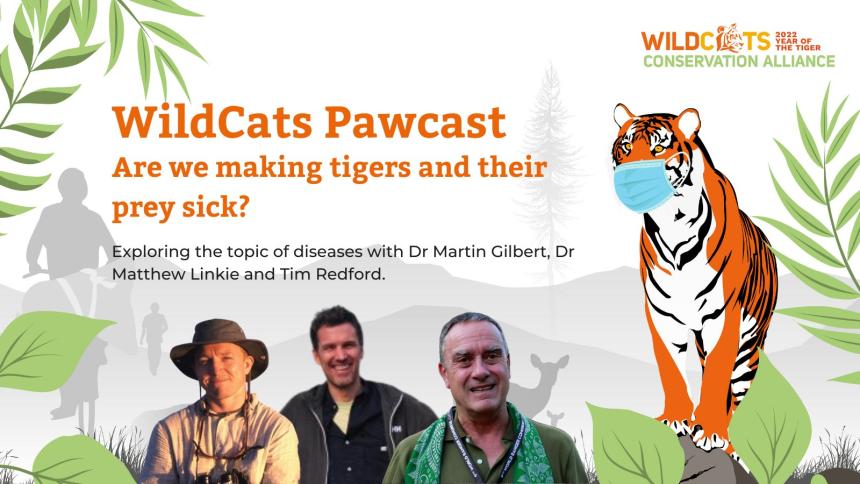
Podcast
February 25, 2022
Listen to our Wild Carnivore Health Specialist Dr. Martin Gilbert and other big cat conservationists discuss the impacts of infectious diseases on tiger populations in the first episode of WildCats Pawcast, a brand-new podcast from WildCats Conservation Alliance.
